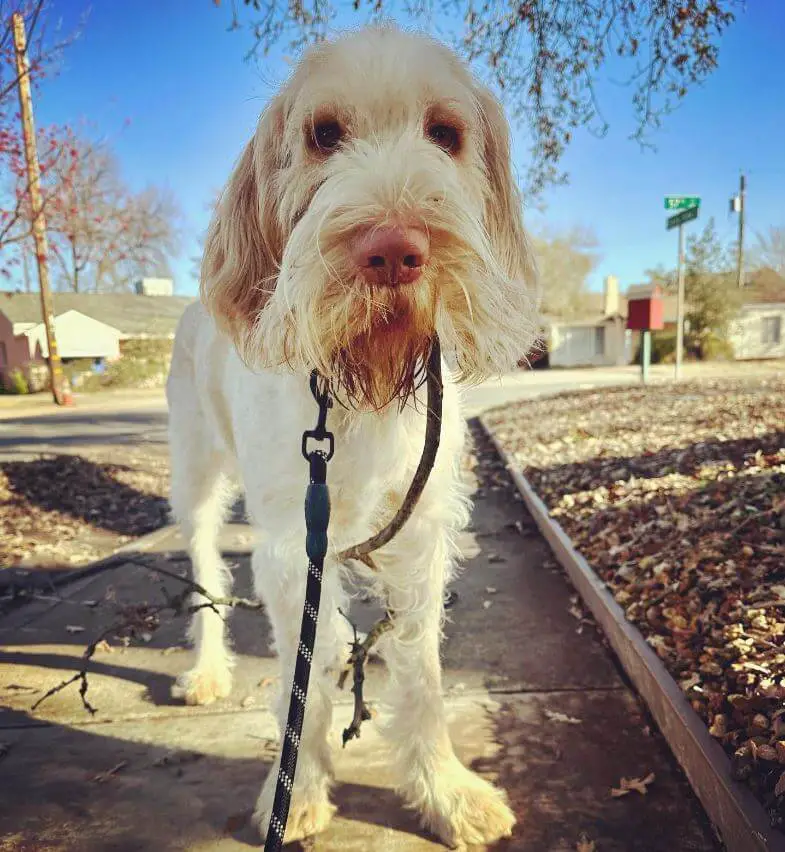Bringing a new dog into your home is an exciting and heartwarming experience. However, it’s important to recognize that this transition can be overwhelming for your new furry friend. The concept of decompression plays a vital role in ensuring a smooth adjustment for your new dog. In this article, we’ll delve into the significance of decompression and provide practical tips to help your new canine companion feel safe, comfortable, and at ease in their new environment.

Understanding Decompression:
Decompression refers to the process of allowing a newly adopted or rescued dog to acclimate to their new surroundings at their own pace. Just like humans, dogs need time to adjust to unfamiliar environments, people, and routines. Rushing this process can lead to stress, anxiety, and behavioral issues.
Why Decompression Matters:
- Reduces Stress: A new home can be overwhelming for a dog, especially if they’ve had previous negative experiences. Decompression provides a controlled and calm environment, reducing stress and allowing your dog to relax.
- Builds Trust: Dogs need time to build trust with their new owners. Decompression fosters a sense of security, allowing your dog to develop a positive bond with you.
- Minimizes Behavioral Issues: Proper decompression lowers the likelihood of behavioral problems such as fear-based aggression, excessive barking, and house soiling, which can arise from anxiety and stress.
- Facilitates Learning: Decompressed dogs are better able to learn and follow commands as they become more comfortable and receptive to training.

Practical Tips for Decompression:
- Create a Safe Space: Designate a quiet, comfortable area where your dog can retreat when feeling overwhelmed. Provide a cozy bed, water, and a few toys to create a positive association.
- Gradual Introduction: Limit exposure to new people, pets, and environments during the initial days. Gradually introduce new experiences to prevent sensory overload.
- Establish a Routine: Dogs thrive on routine. Stick to a consistent feeding, walking, and play schedule to create predictability.
- Quiet Time: Allow your dog ample rest and downtime. Avoid excessive interactions and give them space to relax.
- Leash Walks: Take your dog for short, controlled leash walks in your yard or a quiet area. This helps them become familiar with the surroundings without becoming overwhelmed.
- Positive Reinforcement: Use treats, praise, and gentle encouragement to reward desired behaviors, building your dog’s confidence.
- Patience is Key: Decompression takes time. Be patient and observe your dog’s cues to determine when they are ready for new experiences.

Bringing home a new dog is a momentous occasion that requires careful consideration and preparation. Prioritizing decompression during this transition is essential for your dog’s well-being and long-term happiness. By understanding the importance of decompression, creating a safe and comforting environment, and gradually introducing your new dog to their surroundings, you can pave the way for a successful and harmonious bond between you and your furry companion. Remember, patience and empathy go a long way in helping your new dog adjust and thrive in their new forever home.
